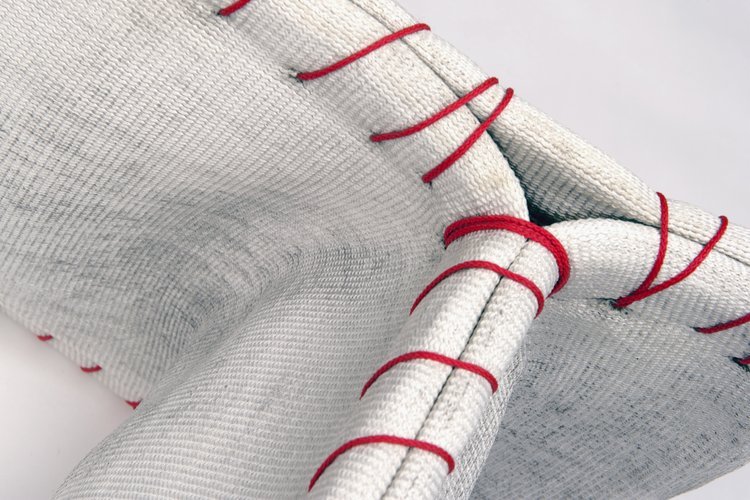Final Show II
After sketching and setting the general direction for my design, I was ready to move on to the next step: experimenting and creating samples. Unlike concrete in brutalist architecture, I envisioned a lightweight application if using concrete in furniture, similar to materials frequently seen in furniture design, like wood, aluminium, and plastic. However, the challenge is preserving concrete’s original aesthetic. Achieving the right properties in concrete requires extensive knowledge.
Initially, I researched fabric concrete, inspired by Florian Schmid’s stitched concrete stool. It reminded me of a chair featured in the final show at the Royal College of Art, which used similar materials. This fabric concrete is a ready-made material that only needs water and a mould to set. However, it’s not readily available for retail, so I decided to explore an alternative approach for testing.
Florian Schmid, Stitching Concrete, 2020
Florian Schmid, Stitching Concrete, 2020
I experimented with a combination of fabric and cement by soaking canvas fragments in cement and applying them to a 2:1 scale 3D-printed mould. Unfortunately, the results didn’t meet my expectations. While the shape of the canvas was set successfully, the result was extremely fragile, unable to support the entire shelf structure. Additionally, the surface resembled fabric more than typical concrete, which didn’t align with my vision. I realized I needed to find another way to create supports for the shelf.
This wasn’t the only issue. The shape of the 3D-printed model appeared clumsy, taking up excessive space on the shelf. As I mentioned in a previous journal entry, I was inspired by ‘Spomenik’ and incorporated some of their elements into my next model. I added repetitive strips to the surface of the supports and kept only one form on the shelf. I believe this will enhance the visual impact of the work, similar to the way brutalist architecture leaves a lasting impression.
Regarding material, fabric concrete did not provide the desired texture or functionality, so I had to seek another solution. After calculating the density of a single support, I found that it wouldn’t be too heavy, especially if hollowed out; each piece would weigh around 4 to 5 kg. With this in mind, I considered using a more traditional method, like the precast technique used in construction.
However, after my tutorial, I was advised that the strength of the concrete could be a concern if the wall thickness is too thin (around 1 to 1.5 cm). This led me to research new concrete formulas. I learned about Ultra High Performance Concrete (UHPC), made from a specific ratio of cement, silica fume, fibres, and sand. While silica fume is harder to source, the other materials are more accessible. I decided to use this type of concrete as the primary material for my work.





